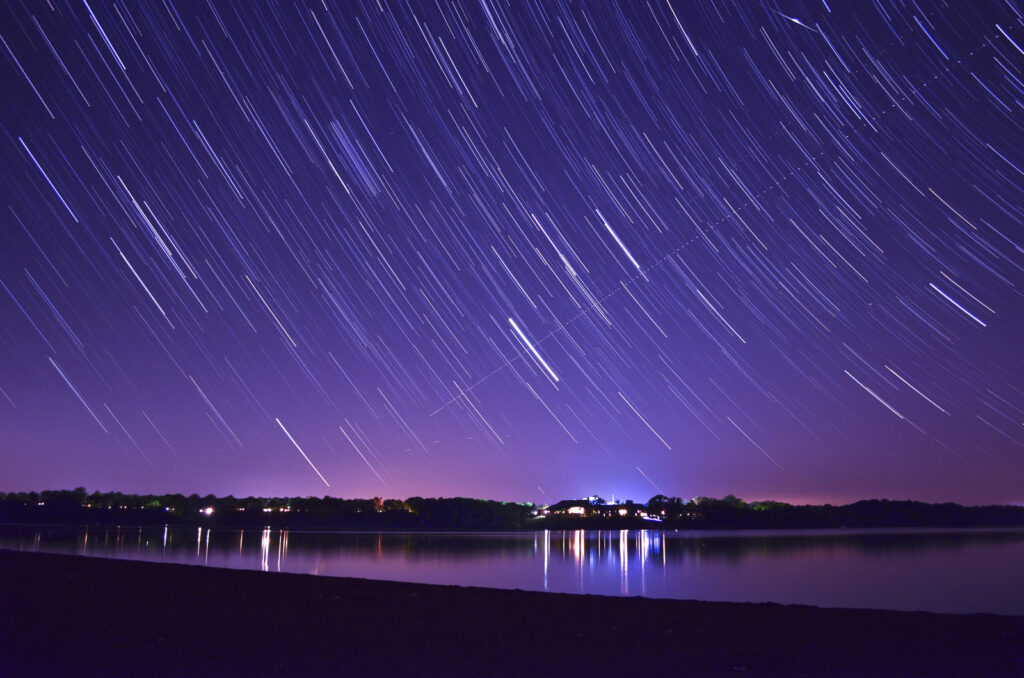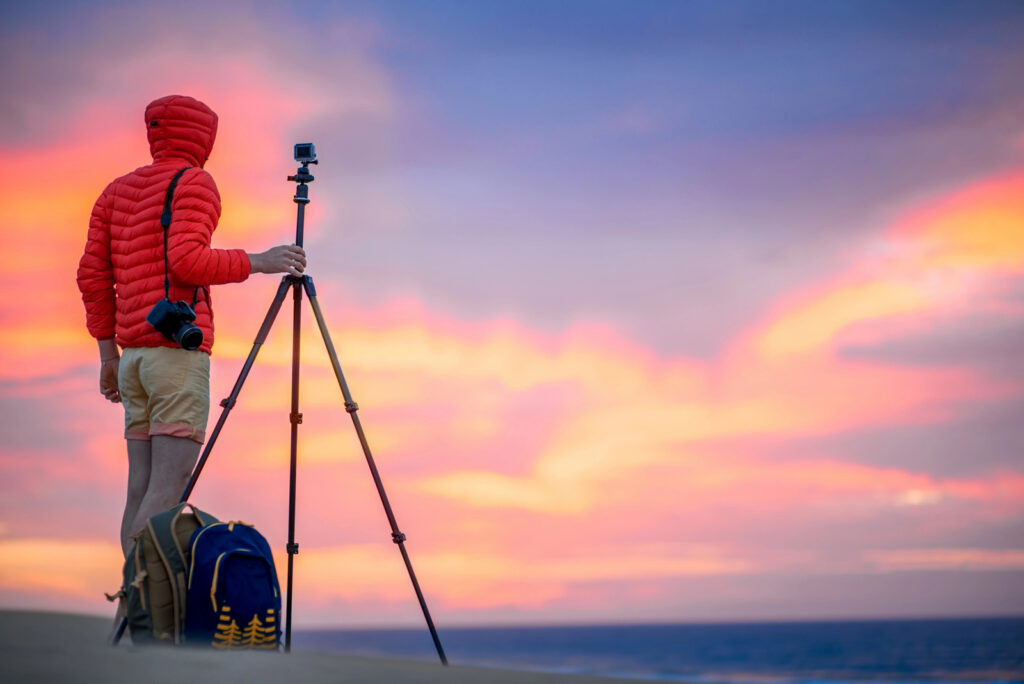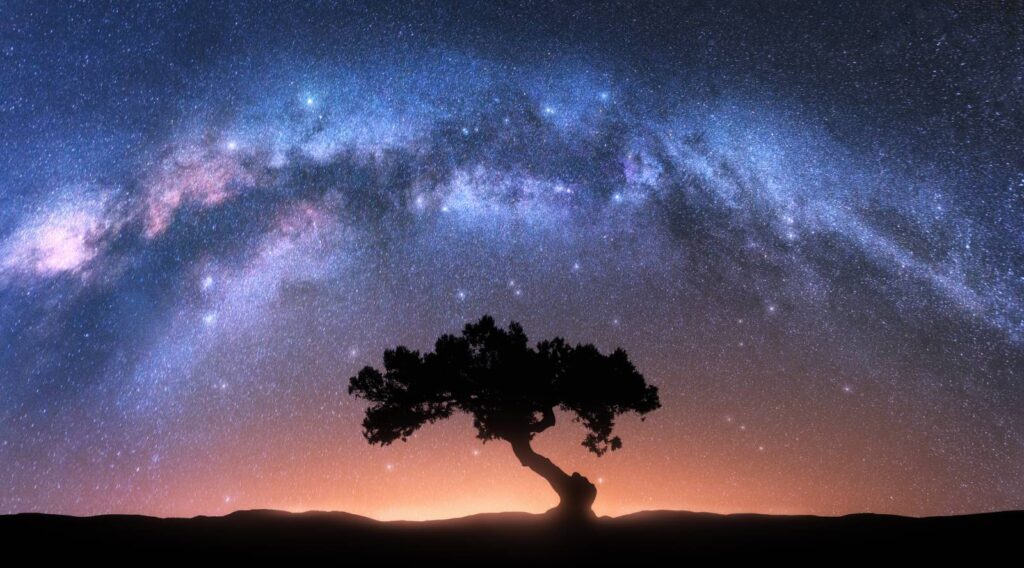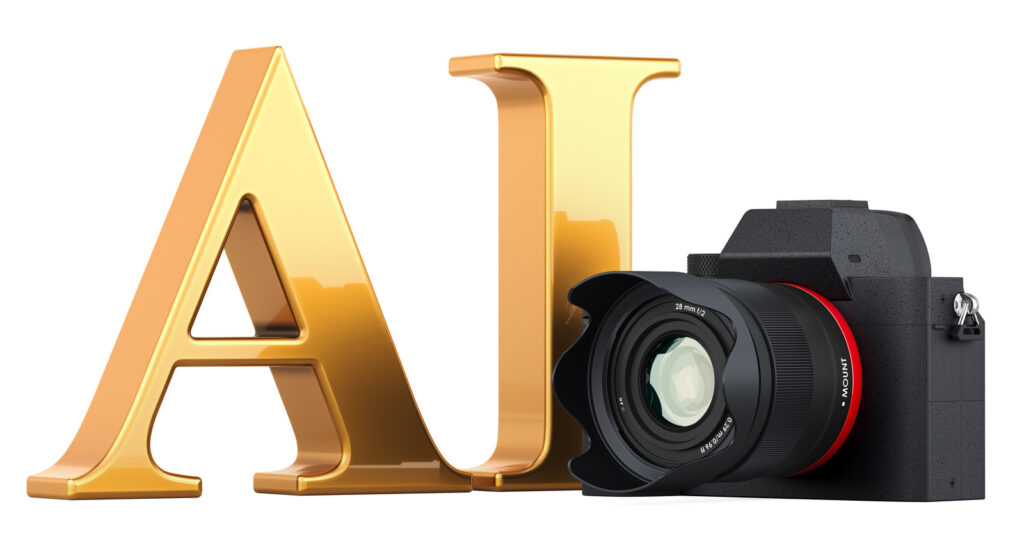Skip to Section
- 0.1 Introduction to the Time-Lapse Photography Phenomenon
- 0.2 The Art and Science Behind Time-Lapse Photography
- 0.3 Crafting a Time-Lapse
- 0.4 The Impact of the Time-Lapse Photography Phenomenon
- 0.5 Tips and Tricks from the Pros
- 0.6 Showcasing Your Work
- 0.7 Future of the Time-Lapse Photography Phenomenon
- 1 The New York Times

Have you ever watched the sky transform from day to night in just a few seconds or seen flowers bloom in mere moments? These magical scenes are brought to life through the captivating art of the time-lapse photography phenomenon .
Whether you’re a seasoned photographer or just starting out, this blog post will guide you through the enchanting world of time-lapse photography, from its origins to mastering the craft and exploring its future.
Introduction to the Time-Lapse Photography Phenomenon
Time-lapse photography is a technique that captures the passage of time by taking a series of photographs at set intervals and then playing them back at a faster speed. This method creates a seamless video that condenses hours, days, or even years into just a few seconds or minutes. The origins of the time-lapse photography phenomenon can be traced back to the early 20th century when it was first used in scientific studies to record plant growth and other natural phenomena.
Over the years, time-lapse photography has evolved significantly, thanks to advancements in technology and equipment. Today, it is widely used in various fields, including filmmaking, nature documentaries, marketing, and construction, to showcase processes and events that are otherwise too slow to observe in real-time. The mesmerizing effect of time-lapse photography videos continues to captivate audiences and inspire photographers worldwide.
The Art and Science Behind Time-Lapse Photography

At its core, the time-lapse photography phenomenon is both an art and a science. It involves a deep understanding of the technical aspects, such as camera settings, interval selection, and post-processing, as well as a keen eye for composition and storytelling. To create a stunning time-lapse video, one must carefully plan and execute each step, from selecting the right subject and location to setting up the equipment and editing the final footage.
Essential Equipment for Time-Lapse Photography
To get started with time-lapse photography, you’ll need some essential gear:
- Camera: A DSLR or mirrorless camera with manual settings is ideal for time-lapse photography. Many modern cameras also have built-in time-lapse modes.
- Tripod: A sturdy tripod is crucial for keeping your camera stable during long shooting sessions.
- Intervalometer: An intervalometer is a device that controls the intervals at which your camera takes photos. Some cameras have built-in intervalometers, while others require an external device.
- Lenses: Depending on your subject, you may need a variety of lenses, such as wide-angle for landscapes or macro for close-ups.
Understanding Frame Rate and Interval Selection
The frame rate and interval between shots are critical factors in time-lapse photography. The frame rate determines how many frames per second (fps) your final video will have, with 24 fps being the standard for most time-lapse videos. The interval, on the other hand, is the time between each shot. Shorter intervals are suitable for fast-moving subjects, while longer intervals work better for slow motion scenes.
Crafting a Time-Lapse

Creating a captivating time-lapse video requires careful planning and execution. Here’s a step-by-step guide to help you get started:
Step 1: Choosing the Right Subject
The first step in crafting a time-lapse is selecting a subject that will showcase the passage of time effectively. Popular subjects include:
- Nature: Sunsets, sunrises, clouds, stars, and plant growth are all excellent choices.
- Urban Scenes: Cityscapes, traffic, and construction sites can create dynamic and engaging time-lapse videos.
- Everyday Life: People going about their daily routines, such as bustling markets or busy streets.
Step 2: Planning Your Composition and Lighting
Composition and light source play a crucial role in the visual appeal of your time-lapse video. Consider the following tips:
- Rule of Thirds: Use the rule of thirds to create balanced and visually pleasing compositions.
- Foreground Interest: Include interesting foreground elements to add depth and dimension to your shots.
- Lighting Conditions: Plan your shoot during golden hour (shortly after sunrise or before sunset) for soft, warm light, or experiment with different light conditions to create unique effects.
Step 3: Setting Up Your Equipment
Once you’ve chosen your subject and planned your composition, it’s time to set up your equipment:
- Stabilize Your Camera: Use a sturdy tripod to keep your camera steady throughout the shoot.
- Manual Settings: Set your camera to manual mode to have full control over long exposure, aperture, and ISO.
- Intervalometer: Program your intervalometer to take shots at the desired intervals based on the movement of your subject.
The Impact of the Time-Lapse Photography Phenomenon

The Time-lapse photography phenomenon has made a significant impact across various industries, showcasing its versatility and power to captivate audiences.
Nature Documentaries
In nature documentaries, time-lapse photography is used to reveal the hidden beauty of the natural world. From blooming flowers to the movement of celestial bodies, time-lapse videos provide viewers with a unique perspective on the wonders of nature.
Marketing and Advertising
Marketers and advertisers use time-lapse photography to create engaging and visually stunning film content. Time-lapse videos can showcase the construction of a new building, the production process of a product, or the transformation of a space, all in a matter of seconds.
Construction and Urban Planning
Time-lapse photography is an invaluable tool in the construction and urban planning industries. It allows project managers to document the progress of a construction project, monitor changes, and create visual image records for stakeholders and clients.
Tips and Tricks from the Pros
To help you master the art of the time-lapse photography phenomenon, here are some valuable tips and tricks from renowned time-lapse photographers:
Technique and Patience
Michael Shainblum emphasizes the importance of patience and persistence. “Time-lapse photography requires a lot of waiting and careful planning. Make sure you have enough time and be prepared for unexpected challenges.”
Post-Processing and Software
Emeric’s Timelapse recommends investing time in post-processing. “Editing the pictures is where the magic happens. Use software like Adobe After Effects or LRTimelapse to fine-tune your images, adjust colours, and add motion blur for a polished look.”
Storytelling and Creativity
Rob Whitworth advises focusing on storytelling. “A great time-lapse video tells a story. Think about the narrative you want to convey and plan your shots accordingly. Don’t be afraid to experiment with different techniques and angles.”
Showcasing Your Work

Once you’ve created your time-lapse masterpiece, it’s time to share it with the world. Here are some platforms to showcase your work and gain recognition:
Social Media
Platforms like Instagram, Facebook, and TikTok are perfect for sharing short, engaging time-lapse videos. Use relevant hashtags and tags to reach a larger audience and connect with fellow photographers.
Video Hosting Sites
Websites like YouTube and Vimeo allow you to upload and share longer time-lapse videos. Create a channel or profile to showcase your portfolio and engage with viewers through comments and discussions.
Photography Communities
Join online photography communities and forums, such as Reddit’s r/timelapse or specialized Facebook groups, to share your work, receive feedback, and connect with other time-lapse enthusiasts.
Future of the Time-Lapse Photography Phenomenon

The future of time-lapse photography looks promising, with emerging trends and innovations set to revolutionize the field.
Advanced AI and Automation
Artificial intelligence and automation are expected to play a significant role in the future of time-lapse photography. AI-powered software can analyse scenes, adjust settings, and even predict optimal shooting intervals, making the process more efficient and accessible.
High-Resolution Imaging
Advancements in camera technology continue to push the boundaries of image quality. High-resolution sensors and improved dynamic range will allow photographers to capture more detail and create stunningly realistic time-lapse videos.
Virtual Reality and Immersive Experiences
Virtual reality (VR) and immersive experiences are gaining popularity, and time-lapse photography is no exception. VR time-lapse videos provide viewers with a fully immersive experience, allowing them to explore scenes from different angles and perspectives.
The New York Times
The New York Times, founded in 1851, is one of the oldest and most respected newspapers in the United States. In recent years, the New York Times has embraced the time-lapse photography phenomenon to enhance their storytelling and engage their audience.
In an article about climate change, the New York Times used a time-lapse video to show the melting of glaciers over several decades, providing readers with a visual representation of the issue’s severity and impact.
Another example is their “One Day in New York City” project, where they captured a day in the bustling city using time-lapse photography. This immersive experience allowed viewers to see the city in a new light and appreciate its energy and diversity.
Conclusion
The Time-lapse photography phenomenon is a captivating and versatile art form that offers endless creative possibilities. Whether you’re a seasoned professional or a budding enthusiast, mastering the techniques and principles of time-lapse photography can elevate your work and captivate audiences.
No Comments yet!